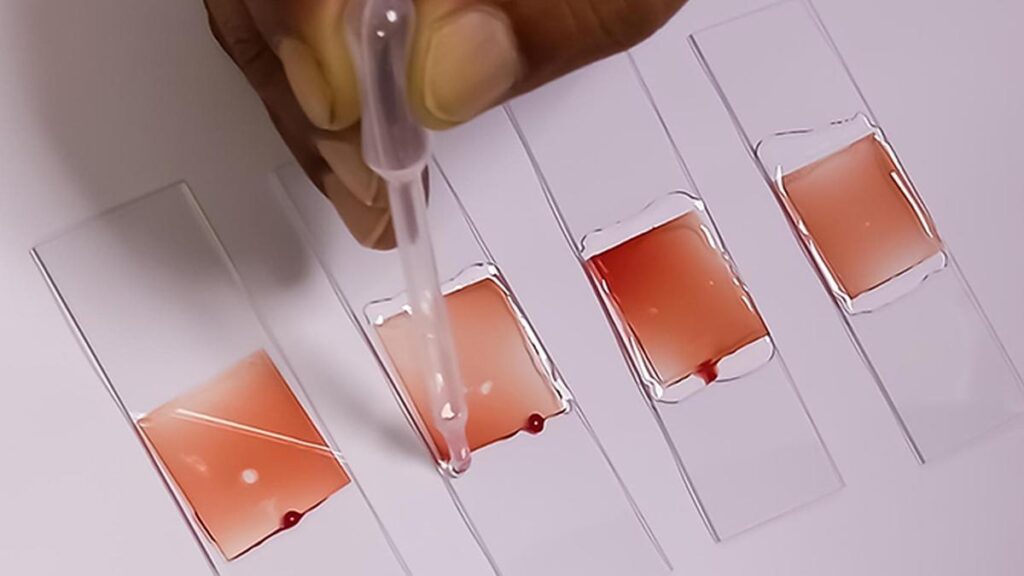
Technician preparing blood smear for sickling test to diagnosed Sickle cell anemia, Sickle cell disease (SCD).
| Photo Credit: Getty Images
India accounts for the second-highest prevalence of sickle cell disease (SCD) globally, following sub-Saharan Africa. However, not much research has been done, and no stigma measurement tool was available to India before the Indian Council of Medical Research (ICMR) recently developed India’s first ICMR-SCD Stigma Scale for India (ISSSI).
The three scales available globally were unsuitable due to India’s diversity.
India’s stigma scale was developed following global standards and a recently published study has validated the ISSSI patient scale (ISSSI-Pt) and ISSSI caregiver scale (ISSSI-Cg) according to an article published in the Lancet (regional health South-East Asia) this month.
ISSSI is the first in India and the fourth globally, available in clinical and research settings.
People with SCD often suffer from severe pain episodes, chronic fatigue, swelling, infections, and potential organ damage, significantly impacting their quality of life.
“This study explicitly developed and validated the ISSSI. The finalized scales capture multidimensional aspects of stigma, including familial and reproductive, social disclosure, illness burden, interpersonal, and healthcare interaction challenges. The findings underscore the scales’ psychometric robustness and utility in clinical and research settings,” said the article.
It added that the methodological rigour employed in the scale development makes it a robust tool for understanding SCD-related stigma among Indian SCD patients and their caregivers in clinical and research contexts.
“The ISSSI will be available to the mission and researchers immediately,’’ said the article.
Meanwhile, the study was conducted across six SCD-endemic districts in India — Alluri Seetharama Raju in Andhra Pradesh, Anuppur in Madhya Pradesh, Chhoteudepur in Gujarat, Kandhamal in Odisha, Mysuru in Karnataka, and Udalguri in Assam state.
These sites were selected to capture a wide range of socio-cultural and geographical contexts. Each district presents unique demographic and socioeconomic characteristics, including variations in access to healthcare and awareness of SCD.
Sickle cell disease is caused by the inheritance of two mutated β-globin genes, one from each parent, leading to the production of abnormal haemoglobin, known as sickle haemoglobin. SCD is a significant public health problem in many regions, impacting populations in several countries.
The new scales for India measures multidimensional aspects of stigma, including familial and reproductive, social disclosure, illness burden, interpersonal, and healthcare interaction challenges.
The development of the ISSSI represents a significant advancement in understanding and addressing the multifaceted impact of SCD, including stigma. India has now announced the national sickle cell anaemia elimination mission to eliminate SCD as a public health problem, implementing various SCD management interventions and assessing their impact is inevitable.
In India, SCD represents a pressing public health concern, particularly within tribal communities, in which the prevalence is considerably high when compared with the general population. Limited healthcare access, socioeconomic challenges, widespread misconceptions, and inadequate knowledge about the disease compound the burden of SCD in India.
Published – May 24, 2025 02:46 pm IST

